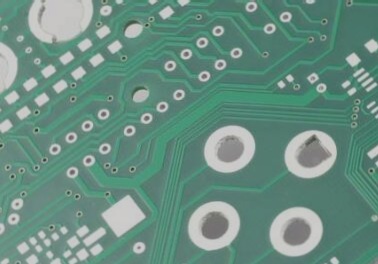Drawbacks of Flexible PCBs
- Flexible PCBs are tailored for specific applications, leading to high costs for initial circuit design, wiring, and photographic negatives. Unless there is a specific requirement for a flexible PCB, it is generally not recommended for use in a limited number of applications.
- Modifying and repairing flexible PCBs can be challenging. Altering the flexible PCB from the base map or the compiled light drawing program is intricate once it is produced. The surface is shielded by a film that must be removed before repair and reinstalled after, posing a difficult task.
- Flexible PCBs are usually produced in batch processes, restricting their length and width due to the size limitations of production equipment.
- Incorrect installation and connection methods can easily harm the flexible circuit, necessitating soldering and rework by skilled personnel.
Latest Updates:
In recent developments, flexible PCB technology has seen advancements in materials and manufacturing processes. New flexible PCB designs now offer increased flexibility and durability, making them suitable for a wider range of applications. Additionally, innovations in repair techniques have made it easier to fix damaged flexible PCBs, reducing maintenance costs for users.
Furthermore, the trend towards miniaturization in electronics has led to the development of smaller and more compact flexible PCBs, allowing for greater design flexibility in space-constrained applications.

